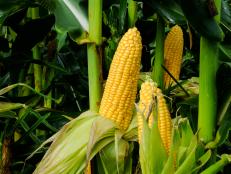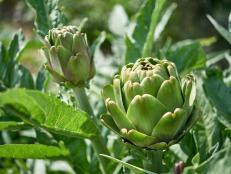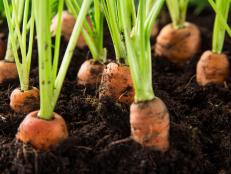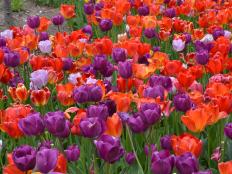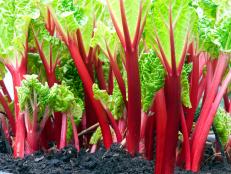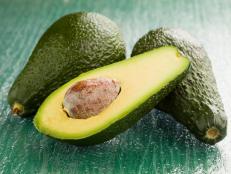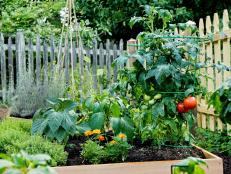How to Make a Corn Maze


Courtesy of The Rock Ranch/King Davis
If you remember your Greek myths from high school, you know mazes have been around for thousands of years. King Minos, according to one myth, had a maze, or labyrinth, built to hold the fearsome Minotaur. The maze was so complex, only its designer could find his way back out.
Today, corn mazes are designed for fun, and they’re popular across the U.S., where visitors can explore their twists and turns each fall. The Rock Ranch, a 1,500-acre agritourism destination an hour south of Atlanta, creates a different maze every year to entertain and educate families and school groups. Founded by the late S. Truett Cathy, founder of Chick-Fil-A, The Rock Ranch was originally a cattle ranch. This year’s theme is “75 Years of Oz,” in honor of the classic movie’s 75th anniversary.
Before you can put the fun in a maze, says Adam Pugh, The Rock Ranch's Director of Marketing and Events, you have to grow your corn. Like many mazes, The Rock Ranch uses a tropical silage variety that’s best suited for growing late in the season. Each spring, The Rock Ranch grows sweet corn that’s harvested and sold in its farm market. In early July, the field is tilled again and re-planted with the silage.
Because creating a corn maze can be an overwhelming job, many entertainment destinations and farm owners contract with outside companies. The Rock Ranch works with The Maize Company, known as the world’s largest cornfield maze design firm.
Workers begin by using a tractor-pulled planter to sow the corn seeds 1-¼” deep. The seeds are “cross-planted,” or planted north and south, and then east and west, to yield a thick stand of corn in rows that intersect at right angles. The Rock Ranch corn maze covers 4 acres and requires some 38,000 seeds per acre to plant the rows, which are spaced 36 inches apart.
Once the seeds are planted, water cannons—overhead irrigation systems—distribute at least an inch of water a week, if rainfall is scarce. Water is pulled into the cannons from an on-site pond. The fast-growing corn sprouts in about a week, and when it’s 3 to 6 inches tall, the design is cut in.
While The Maize Company originally used a modified weed whacker to cut paths in the corn—a process that took up to three weeks—today the design starts on a computer and paths are cut while the corn is still short. It takes about two months for the cornstalks to grow head-high or taller. The paths are kept raked and weeded and covered with straw or mulch to make walking easier.
Visitors are meant to get lost in the corn, at least for a while. Some mazes offer multiple exit points, so they can leave early, if they’re ready. At The Rock Ranch, “corn cops,” or spotters, sit in deer stands above the field to help wanderers who don’t know where to go next.
When the season ends, and the maze closes, the corn isn’t wasted. The ears are picked mechanically and ground into an all-natural livestock feed for the resident cattle. The stalks are tilled under to help replenish the soil.
Although you can’t grow a maze in your backyard unless you have a lot of room, Pugh says you can grow corn on a smaller scale, using the same process that’s used at The Rock Ranch.
“The first step in gardening is to just do it. Schedule some time and plan to get dirty. You don’t have to win a blue ribbon the first time, so don’t be afraid to mess up,” he says.
Pugh’s tips for growing corn:
- Prepare the soil by breaking up the soil and removing weeds, rocks and other debris.
- Have a soil sample analyzed by your local extension service. “Add compost or soil amendments if needed and make a bed for your seeds that looks like something an earthworm would love to hang out in,” he says.
- Plant in a spot with well-draining soil that gets full sun.
- Give the corn about an inch of water a week if there’s not enough rain. Water deeply and thoroughly, but don’t let the plants stand in puddles. Pugh suggests capturing run-off rainwater in a barrel, or watering from a pond, if possible. “Plants often do not respond as well to city water as they do with pond, well or rain water.”
- “Corn uses a lot of nitrogen so do the research and make the call on how to add nitrogen to your soil (chemical fertilizer versus organic.) Be sure to choose a seed that is suited for your region and the time of year, and consult your local University Agricultural extension system for soil testing and other advice.”
- Let your kids help. Pugh says, “Happy planting, and remember, the best part (of growing a garden) is the time spent together.”






